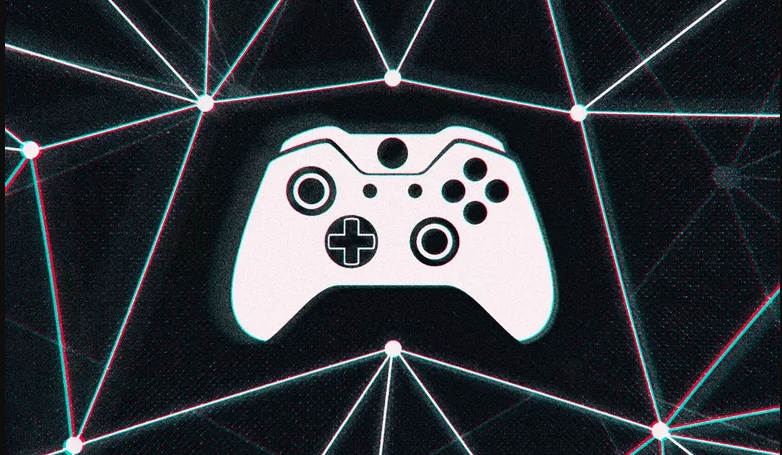Wimbledon kicked off this week, and with it came all of the usual marketing tie-ins that you’d expect from an event of this magnitude. One in particular will have caught the eye of many a forward-thinking marketing exec, and that is of course Jaguar’s use of wearables and ground sensors. The legendary British car manufacturer is giving out biometric wristbands and using them in conjunction with sensors and social media to attempt to measure sentiment at the tennis tournament. It’s certainly impressive stuff, and if it works we could well see it used again in the future at other events. It does of course lead us to the question – if wearables are going to be the next big thing in tech, then what do they mean for the world of digital marketing?
Gathering the Data
In Jaguar’s case, this is all about gathering data, and this is likely to be the big attraction for most digital marketers too. The more you know about the audience you’re targeting, the more accurately you can target them. This is of course seen in the ways that search engines like Google will target users with advertising content that it believes they’re interested in. Wearable tech will mean that we can gather even more information to make sure we’re getting things right. A bigger picture about consumers can be built, and those that perfect these techniques will be able to ensure that no penny spent on this avenue of marketing will be wasted.
Narrowing the Focus of Digital Spend
This will of course bring us to some really cool ideas, because we can really narrowly target people. Let’s take smart watches for instance – very soon it’s likely that (with certain permissions set) you’ll be able to walk past a store and be sent vouchers and coupons straight to the watch as you do so. If you’re in a shopping centre, the same might happen for the businesses that are in that area. And what’s more – businesses that you’ve interacted with already online will be the ones that target you. Essentially, your digital marketing profile will follow you around in your day-to-day life. It’s going to be mobile. Some might not feel so comfortable with that, but you’ll of course be able to opt-out, and it’s going to be a major marketing change. According to Ingenuity Digital, the majority of multi-screen experiences are starting on the smartphone, which means that consumers are already very much used to this kind of marketing.
Social media is likely to be the major combined platform that facilitates the expansion of wearable tech’s marketing strategies. There are going to be a huge number of tie-ins, and there have been predictions that we might even see new social platforms spring up that are specifically integrated with the next generation of wearable tech. It will all depend on how rapidly the current ones can introduce new functionality – if the past is anything to go by, then start-ups might be quicker to the market than the established players.
Full adoption of wearables is not quite here just yet, but any marketers looking to the future should make sure they’re prepared. Early adopters will be the most successful.











